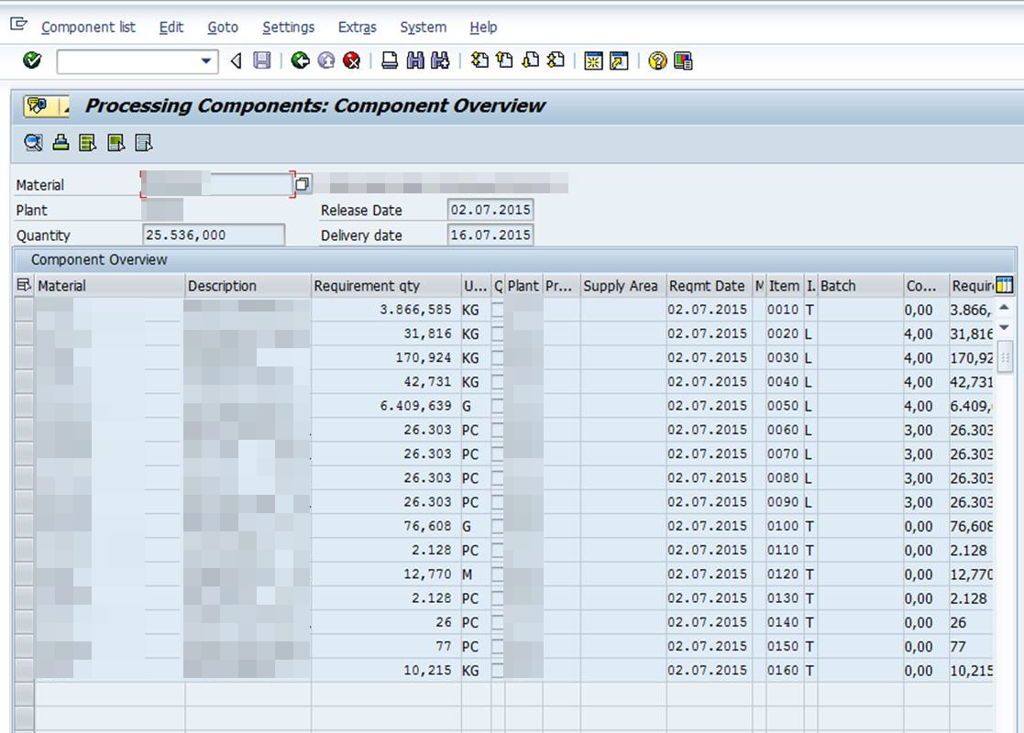At CIC, our Project Coordinators have been helping customers ensure successful builds with their PCB assembly materials since 1988. Along the way, we’ve identified some best practices to achieve successful PCB assemblies and want to share them with you.
The biggest source of potential problems is in the Bill of Materials (BoM). When a new or legacy product is to be built, the BoM needs close scrutiny for issues; this is called BoM Scrubbing.
- Look up the manufacturer’s part number call out in the BoM and compare it to the description on file to ensure all parameters match.
- When looking up the manufacturer’s part number, is there availability or is this component noted as NRND (Not recommended for new design) or Last Time Buy? This may not be a serious concern if the requirement is supporting a final legacy build, but if this is a component chosen for a new product, alternates should be found.
- Compare the number of reference designations to the quantity required. Occasionally, during the design stage, removal or additions of locations may not carry through to the quantity required.
- Is the manufacturer’s part number complete? Often, manufacturer’s part numbers will have the basic part number on the datasheet, but the order code will be the part number plus the package code. Make sure the package code is included.
- Are their approved alternates included in the BoM? Approved alternates, especially on commodity components, can help the project stay on target with pricing and availability when there are changes in the marketplace.
Doing a BoM Scrub will provide the buyers with a clean BoM to use and will make sure the materials are exactly as intended for the PCB assembly.
For questions or more information on CIC’s capabilities, give us a call at (530) 626-6168.





